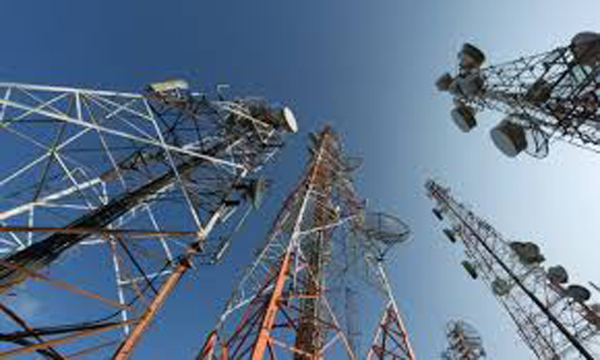New Delhi, Dec 26: The volume of total wireless data usage increased from 828 million GB during the year 2014 to 46,404 million GB during the year 2018 and not stopping there, the usage in 2019 is expected to surpass the previous year by a significant margin since it has already touched of 54,917 million GB till September 2019, according to a Trai analysis.
Total number of wireless data subscribers increased from 281.58 million at the end of year 2014 to 664.80 million at the end of September 2019 and achieving a yearly growth rate of 36.36 per cent in 2018 over 2017 (Y-o-Y), Trai said.
“The volume of total wireless data usage increased from 828 million GB during the year 2014 to 46,404 million GB during the year 2018-19. The wireless data usage in the year 2019 is expected to surpass the previous year usage by a significant margin as reflected by usage of 54,917 million GB till September 2019”, it said.
In 2018, 46,406 million GB data were used and in 2017, it was 20,092 million GB. Before 2016, only 4642 million GB data were used, the analysis noted.
The regulator said the last four years have witnessed unprecedented growth in wireless data usage for communication and entertainment. With the entry of a new TSP using Long Term Evolution (LTE)/4G technology and the subsequent gradual adaptation of this technology by the leading incumbents, data usage has grown by leaps and bounds, and it is expected to grow further in future also.
Upgradation of mobile networks from 2G to 4G in large parts of the country along with the availability of smartphones at relatively affordable prices is driving the mobile internet subscriptions.
On one hand, with the steep decline in tariffs of telecom services, affordability has increased, on the other hand the content, not only in English and Hindi, but in regional languages also, is readily available at affordable prices to the consumers. As a result, consumption of data has increased multifold.
Access to the internet has empowered tens of millions of users, giving them access to real-time information, government services, emarkets, and social media. This development is having a positive impact on improving their quality of life with digital information.




